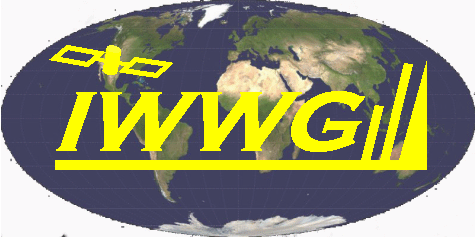Evaluation of FY-3E GNSS-R Winds in Numerical Weather Prediction Model
China’s FY-3E meteorological satellite was launched on July 5, 2021. The GNOS-II (Global Navigation Satellite System Occultation Sounder) onboard the satellite is the second generation payload of GNOS on FY-3C and FY-3D satellites, which can combine GNSS radio occultation (GNSS RO) and GNSS reflectometry (GNSS-R) functions, and GNSS-R is new function. This paper will introduce the GNSO-II’s GNSS-R function, focusing on the wind product and its impact on numerical weather model. GNOS-II can receive signals from both GPS and BeiDou (BDS) satellites. It has four GPS and four BDS channels, so it can provide wind product at eight specular points simultaneously. Due to the difference of satellite orbit, frequencies and signal structures, the features of reflectometry using BDS and GPS signals are different. Firstly, the characteristics of reflectometry using BDS and GPS signals are discussed. Then, the GNSS-R wind speed retrievals was validated by the comparison with ECMWF reanalysis wind data and observation. Finally, the impact of GNSS-R surface wind speed assimilated in CMA-GFS numerical weather model is studied. Preliminary results show that the simulation of FY-3E/ GNSS-R wind speed has positive contribution to analysis and forecast.






